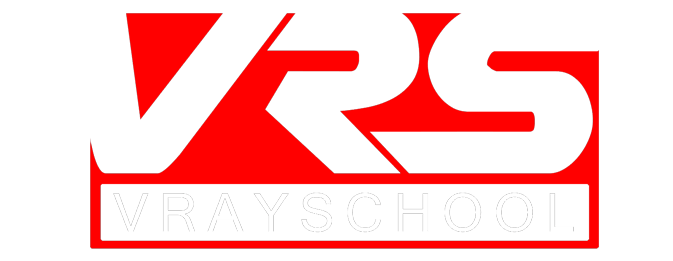Here’s an interview with Jamie Cardoso, a brilliant VRay veteran, about troubleshooting errors, bugs, general VRay problems and finding optimization solutions for 3dsMax tasks.
Jamie is going to talk to us about:
- The MOST common VRay problems and the trick to getting rid of artifacts in an interior space.
- VRay’s new probabilistic lights option as the main reason for grainy renders.
- Usage of script to get multiple camera shots
- His Blog and How to find stuff that you need
Right off the bat you’ll notice that GI splotch is the number one problem that everyone has trouble with. Surely you must have too at some point. Jamie recommends increasing Interpolation Samples upto 70 for Irradiance Map. That ensures a smooth transition between the different GI samples. But to compensate for the loss in detail, he burns in an internal ambient occlusion pass to the render. Other times it might just require higher IM and LC samples. This problem was quite common for VRay before the 3.0 release.
Another issue that perplexes a lot of users is persistent noise in their renders. This is something that even Jamie faced and eventually found a solution for it. Hidden within the VRay Global Switches settings is an option called Probabilistic Lights. This one is only available when you’re in the Expert mode. This setting is actually a clever optimization for getting faster renders when you have a lot of lights on your scene. But the problem is that this setting is ON by default and thus adds unnecessary noise to your render. Unless you actually need it, you should probably keep it turned off.
Jamie also goes on to show an awesome script that he developed for 3ds Max which automatically and accurately places cameras from Survey Data. This was done for a commercial project where he had to create 30+ photo montages for building clearance purpose in 30 days. This only goes to show that scripting is an indispensable tool for increasing your efficiency. Otherwise manually placing the cameras and perspective matching would’ve been a whole lot of work.
Next up is our discussion about a Feature Render that Jamie did for CGWorld. This was done as a challenge in a span of 1.5 months that required Jamie to model, texture and light an entire aerial street view. His research included Google Maps aerial views and ground photography. He used boxes with lights of varying intensities for windows and a cool dusk skylight for lighting. Naturally, taking on something of this scale single-handedly is quite a feat. And the results are there for you to see.
If you liked it, share it! And remember if you ever get stuck, Jamie can troubleshoot your problems within a few hours and provide you with solutions to all of your “VRay Problems”
Keep following our professional advice on how to make your renders successful, because we’ve got the knowledge and expertise to resolve your issues AND we are always here to assist you!
Visit Jamie’s Blog for cool and informative tutorials: http://jamiecardoso-mentalray.blogspot.com/. Just go to his blog and search for anything related to visualization you want to learn about. Search for scripts, vray, mental ray or 3ds max related posts.
VISIT JAMIE’s STUFF HERE:
Online Portfolio | LinkedIn | New Book
Talk soon,
Alex


